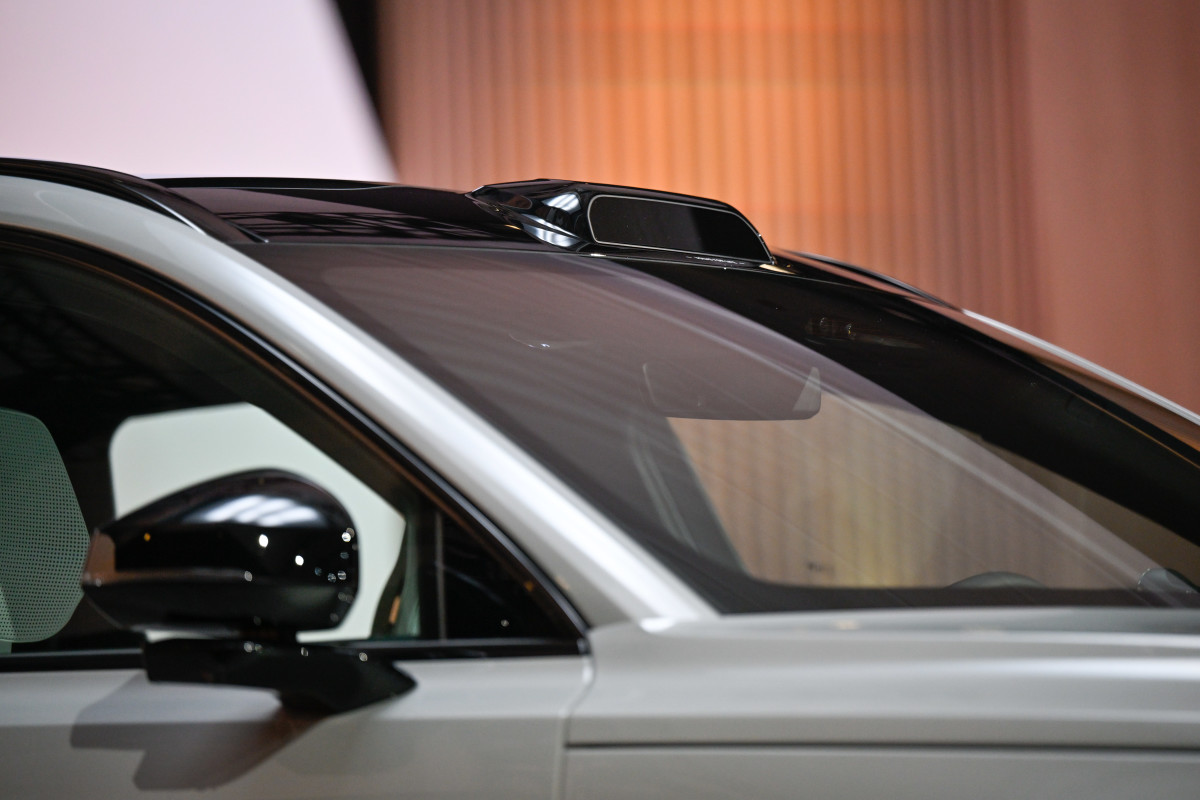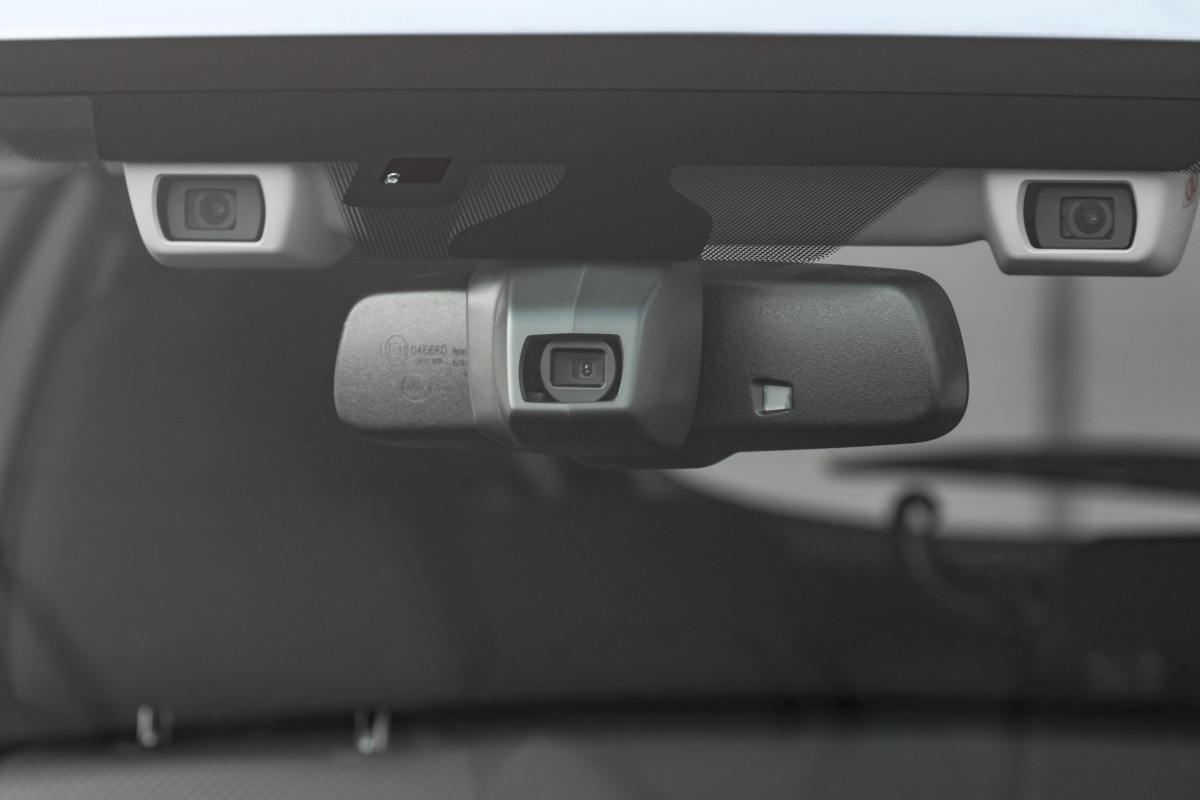The Evolution of ADAS and Insurance

Advanced Driver-Assistance Systems (ADAS) are the talk of the town in the automotive world. On one hand, these systems, which include features like automatic emergency braking, lane departure warnings, and blind-spot monitoring, are making driving safer. A report by AAA in 2022 highlighted how vehicles equipped with automatic emergency braking showed a 50% decrease in rear-end crashes. That’s a win for safety. However, on the flip side, the cost of these systems has been driving up the price of repairs and, consequently, affecting insurance claims.
Fixing components like cameras, radar, and LiDAR can rack up hefty bills. An entire setup for calibrating these parts can cost upwards of a million dollars. No wonder it’s hard for the usual local garage to keep up, right? Added to that, the push by automakers to integrate these features into all new vehicles by 2029 means this issue isn’t going away anytime soon.
The Repair Puzzle

It’s intriguing: while repairing ADAS components is expensive (accounting for 36% of repair costs in accidents), these systems have been shown to reduce the number of small claims. Together, this paints a complex picture. Tony Cotto from the National Association of Mutual Insurance Companies notes that while the cost per collision might rise, the overall reduction in the number of incidents is a trade-off that some insurers are willing to make. In simple terms, fewer accidents mean fewer claims, which can help keep insurance premiums from soaring.
The Price of Precision
However, the accuracy needed in ADAS repairs is another topic altogether. Even a minor misalignment, say a sensor off by the depth of a business card, can result in significant operational issues. Therefore, while the initial investment in these technologies is high, getting them accurately fixed post-accident also demands expertise and precision.
Thinking Ahead
The cost of keeping ADAS tech up to scratch has been surging, with the average repair cost for an insurance claim reaching $4,721 in Q2 2024, up $800 from three years before. This expenditure reflects broader trends in vehicle repair costs, which have increased 28% over the past three years. It’s a classic case of short-term pain for what could potentially be long-term gain, as safer roads benefit everyone. But until the prices of these technologies come down, some drivers may find the financial burden a bit heavy.
In summary, ADAS is here to stay and continues to evolve, promising safer travel but demanding a higher investment in terms of both initial costs and potential repairs. For now, it’s a matter of balancing those groundbreaking safety benefits against the reality of increased repair complexity and costs.
Wayne's Rare GT
Baby G-Class Unveiled
Explorer Recall Alert
Civic Type R's Goodbye
BMW M2 CS Unleashed